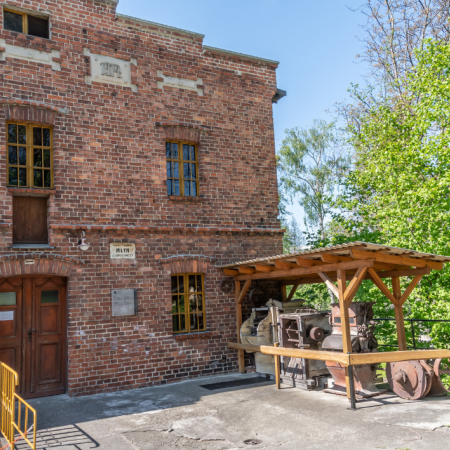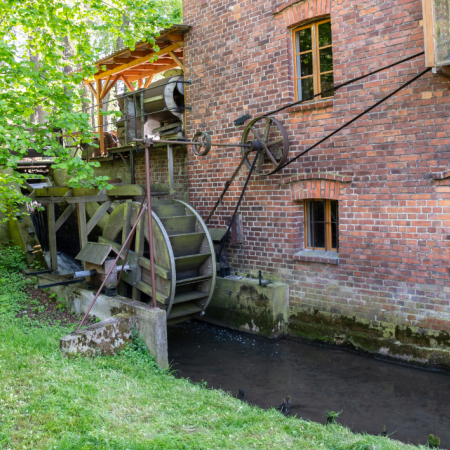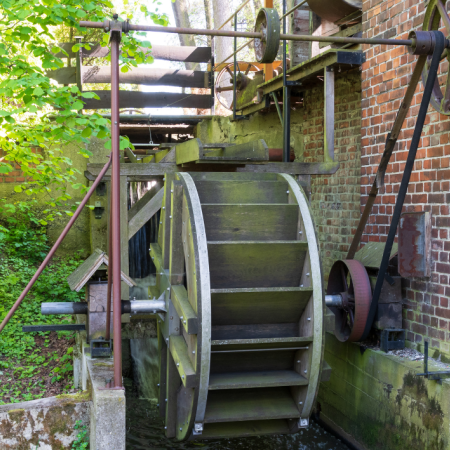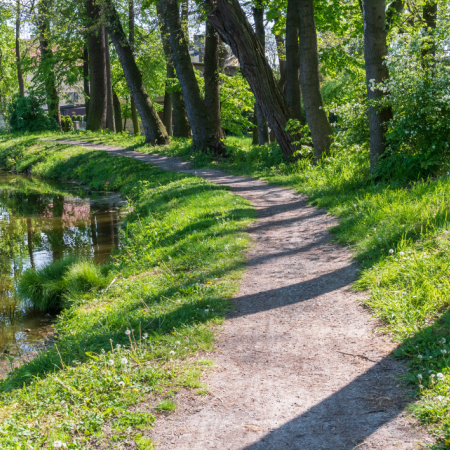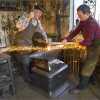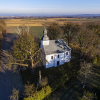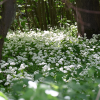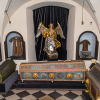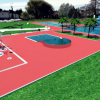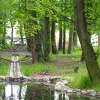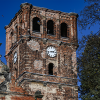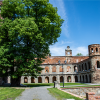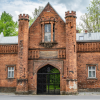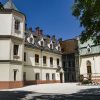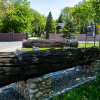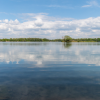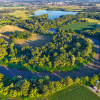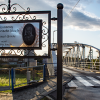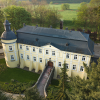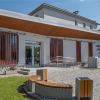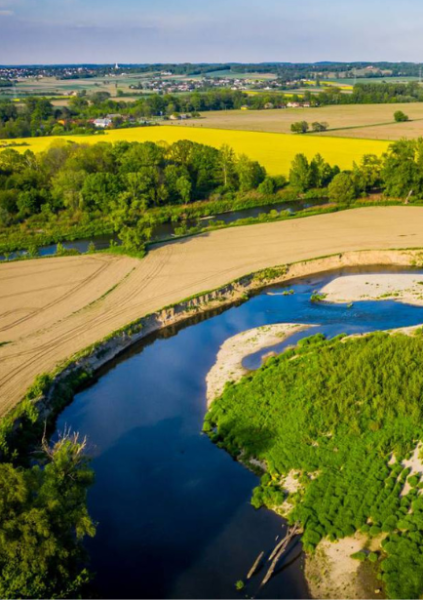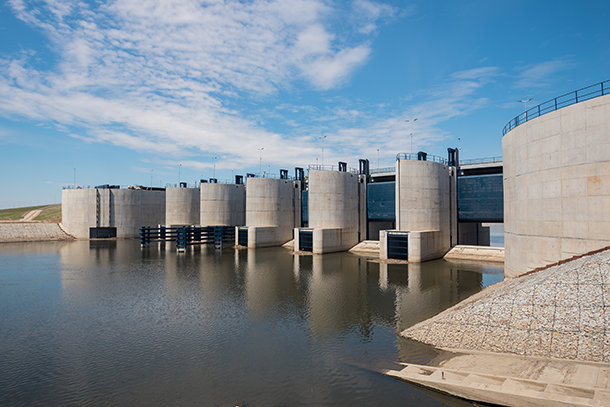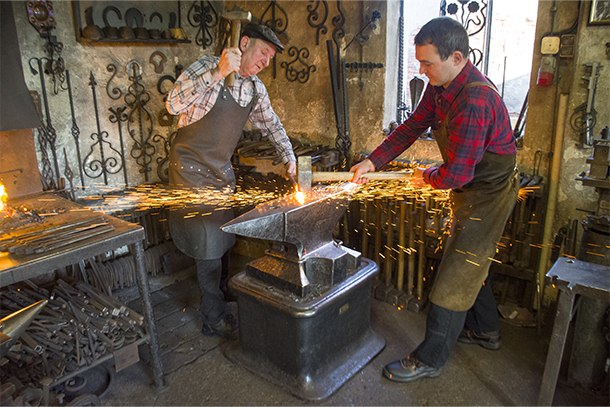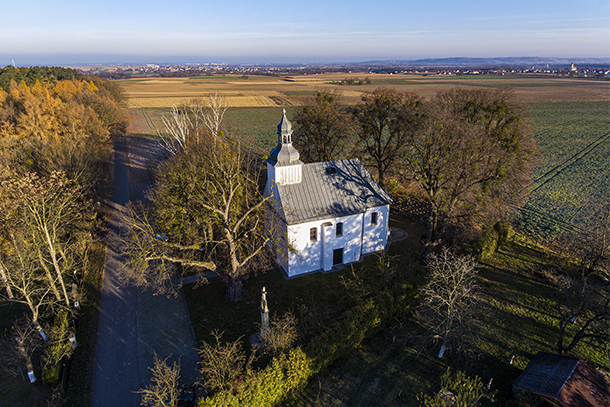- Contrast
- Text
- Scaling
- Content scaling 100%
- Font size 100%
- Line height 100%
- Letter spacing 100%
Polish tourist attractions
- Home
- Tourist attractions
- Polish attractions
- Historic mill and small pond in Tworków
Historic mill and small pond in Tworków
The Tworkowski Mill, built in 1914, is one of the few mills in Poland that still produces flour using traditional methods on a small scale. The mill is of brick construction and has been powered by a water turbine since its inception. In 1927 it was additionally equipped with a combustion engine and in 1948 with an electric drive. The mill in Tworków is located on Młyńska Street, in a beautiful location near a picturesque pond.
The farm mill in Tworkow, which was built in 1703 as a wooden building with a waterwheel, was modernised with industrial and technological developments. In 1914 the wooden mill was replaced by a brick one with a 4.5 hp turbine drive, and in 1927 a 9 hp internal combustion engine was installed, followed by a 7.5 kW electric drive in 1948. Today, the mill, which has a capacity of 3 tonnes per day after being repaired and modernised between 1991 and 1995, is open to the public by its owner, Franciszek Pawlik.
The mill, which has been a traditional family business for 10 generations, is one of the last in Poland to produce flour on a small scale using traditional methods. It is a place where you can learn about the history and traditions of the facility and flour production techniques, as well as go down the sack slide. Next to the mill is the 300-year-old house of Mr and Mrs Pawlik.
The mill in Tworków had its beginnings as early as 1703, when it was built as a wooden building. The present one, made of clinker bricks, was built in 1914.

History of the mill
A watermill is a structure that houses equipment for grinding grain into flour and groats. The equipment is driven by a water wheel or water turbine, and the mill is usually located on a river. In Europe, initially the mill, grain mill and waterwheel were used interchangeably. Water wheels were used exclusively for grinding grain, and the mill, which was powered by a water wheel, was located over a watercourse. The energy, needed to drive the grain grinding equipment, came from the water dammed up in the mill wheel.
In the 12th century, windmills appeared, which were also used only for grinding grain. Work in both of these machines was carried out by millers. During the period of the establishment of manufactures, both windmills and watermills were used for other work, such as mixing clay, blacksmithing, sawing wood, foiling, etc. This led to the need to specify the object of processing, so one spoke of a windmill or a grain mill. In the 19th century, steam mills appeared, but in time passed away with the age of steam.
Today's mills are usually equipped with electricity-powered equipment and are often located in buildings left over from former water mills. Today's industrial mills do not need to add the term grain mill, as they are part of a larger factory. It should be noted, however, that mill terms are derived from different types of classification. The term water mill, windmill (windmill), steam mill or electric mill tells the type of drive used, while the term grain mill, coal mill or lime mill tells the type of raw material being ground. The term ball mill, on the other hand, tells you that the raw material is ground with steel balls and not, as in many grain mills, between stones (as in querns).
Before the advent of mills and windmills, each family had to produce flour for themselves using hand-powered querns. The growth of cities created a demand for milling services, and water and wind and especially electric propulsion helped not only to make the work easier, but also to increase the efficiency of production.
Today's mills are in operation.
Today, active grain windmills or water mills are rare. Due to their low productivity (usually less than 100 tonnes per year), they are mainly of local importance or as a tourist attraction. One such rarity is the mill in Tworków.
Trzeciok Pond, Parkowa Street - behind the palace park, on Hroza Avenue, the picturesque Trzeciok Pond spills out, over which stands the Historic Mill
Tours of the Historic Mill are available daily, by prior telephone reservation.
Virtual walk
Directions
Tourist attractions
Gallery
-
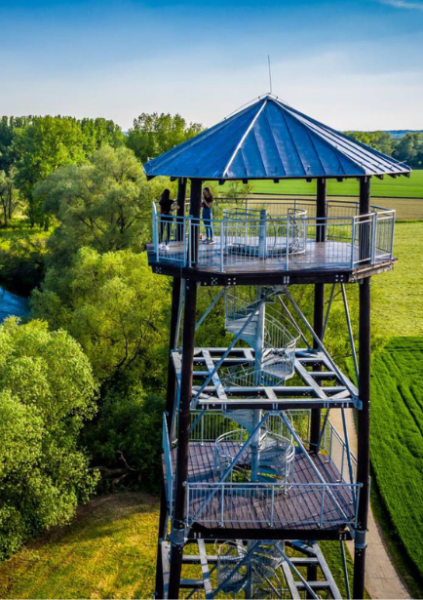
Viewing tower at the Meanders
-
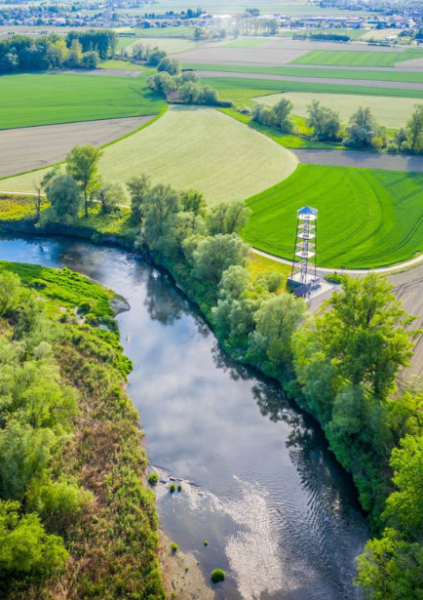
Viewing tower at the Meanders
-
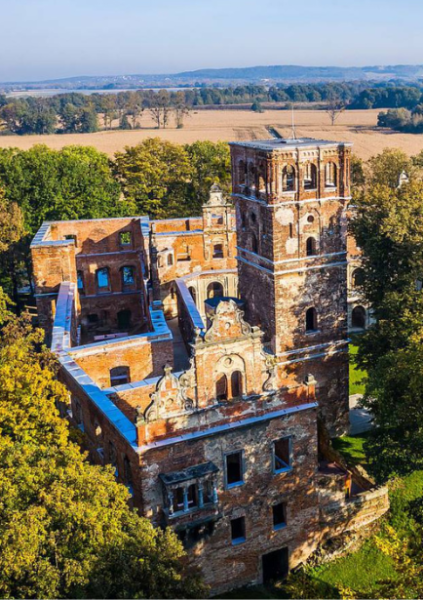
The castle ruins in Tworków
-
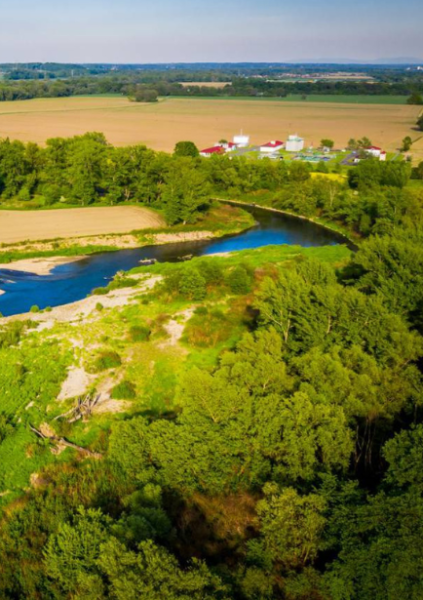
Border Meanders of the River Oder
-
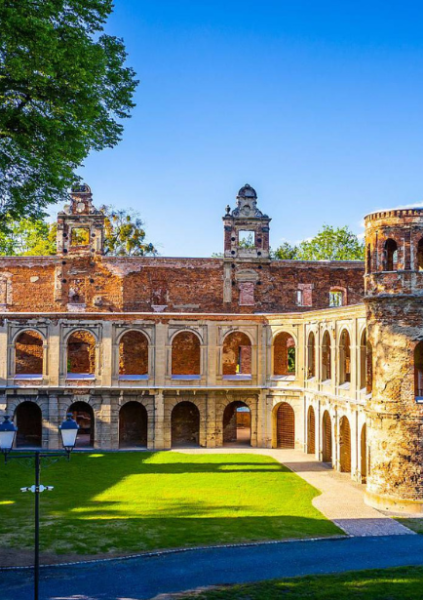
The castle ruins in Tworków
-
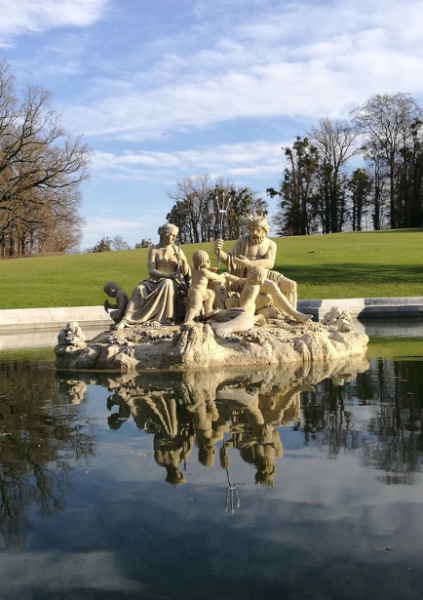
Fountain in front of the castle
Tourist attractions - location on the map

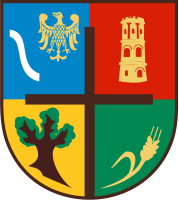
Główna Street 5,
47-450 Krzyżanowice
fax. (32) 419 42 34
e-mail:
-
Pn – Śr7.00 – 15.00
-
Czw8.00 – 17.00
-
Pt7.00 – 14.00
Copyright © 2024 Wszelkie prawa zasteżone.
Projekt i realizacja. Strony WCAG dla instytucji - itee.pl





